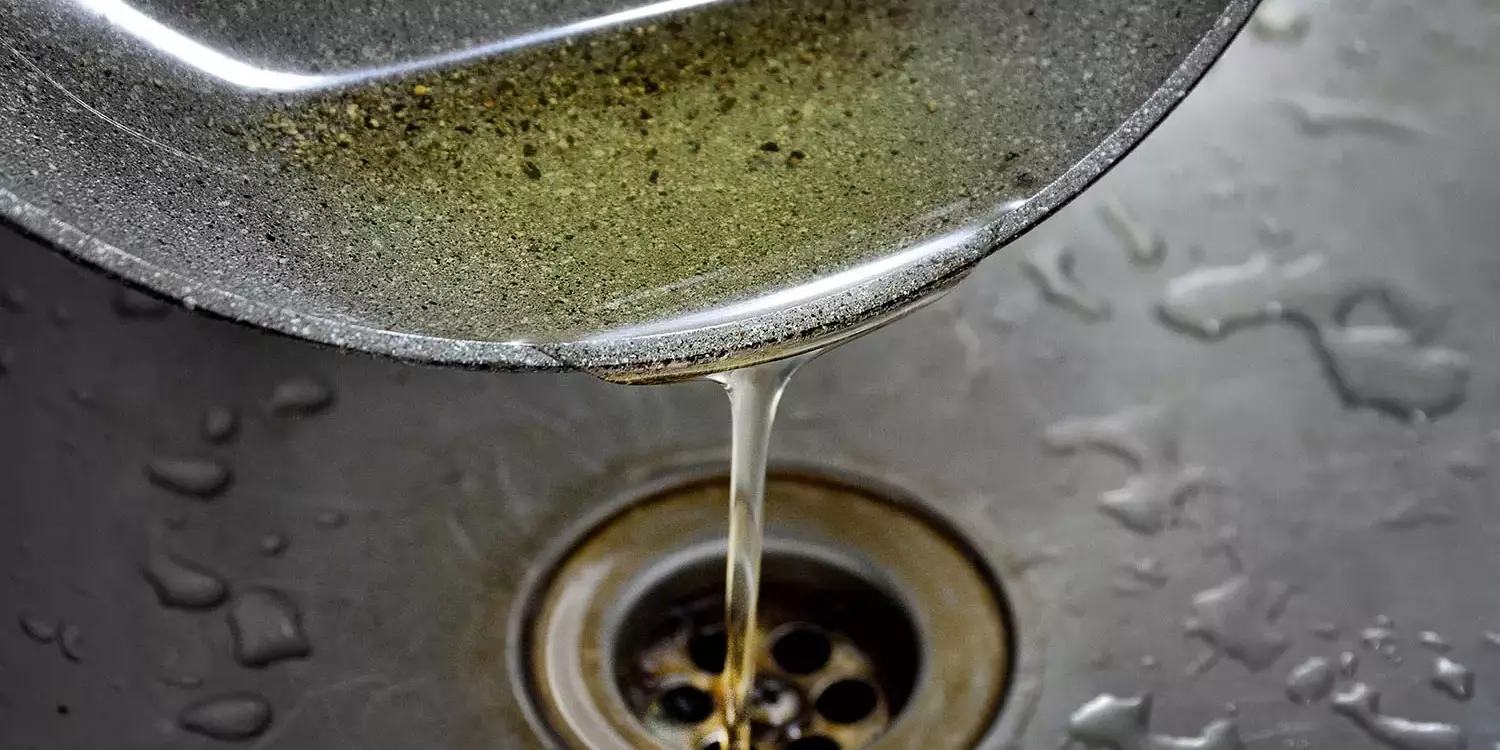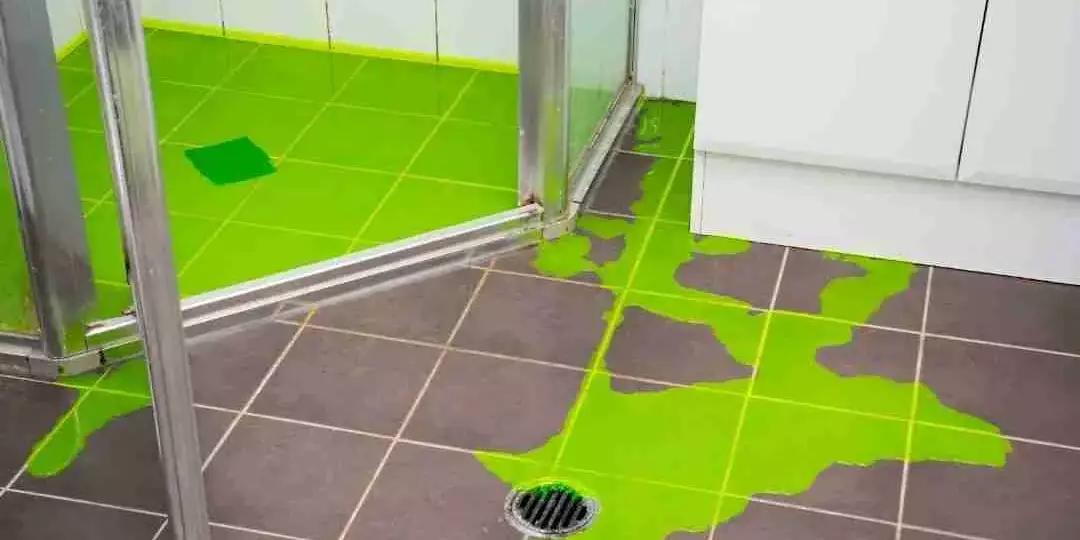What are Grease Traps for?
A grease trap works by separating the oils and fats from the liquids poured down your sink. It collects these materials, preventing them being washed into sewer lines. They are particularly important for commercial businesses involved in the preparation of food.
Why is Grease an issue?
Grease and fats work to block your sewer lines. As the grease cools down in the sewer pipes, it sticks to the pipes, starting a blockage and increasing the chance of food stuffs and waste catching in the pipes. Once grease and oil gets into the water ways it contaminates local bodies of water and has a terrible impact on the environment.

- After removing the lid of the grease trap, insert a piece of dowel to the bottom of the grease trap, swirling slightly so the oil marks the dowel.
- Remove the dowel and then use a measuring tape to determine how much waste is present.
- Use a small bucket to remove water from the tank.
- Once water is removed, scoop solid waste into the bucket.
- Dispose of the waste in a heavy-duty plastic garbage bag.
- Clean lids, side and other parts of the trap with soap and lukewarm water.
Is the Grease Trap I have good enough?
Depending on the amount of material being washed down the sink and the amount of grease contained in it. A residential dwelling will not require a large grease trap and may not even need one. However it is advisable to have one installed to help prevent serious sewer line blockages later down the track. A business handling foodstuffs will have to have a large grease trap installed and are required to meet several criteria.
If you need further advice on installing a new Grease Trap or maintaining your current grease trap, call Omega today. Our friendly staff are waiting to answer your questions and provide you with plumbing assistance.
Recommended posts
May 31, 2023
Warning Signs of a Leaking Shower
January 11, 2023



